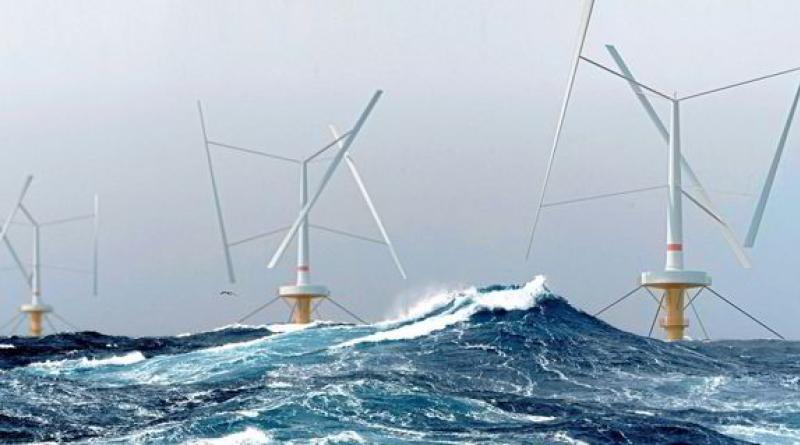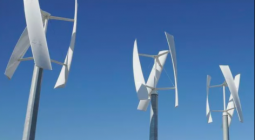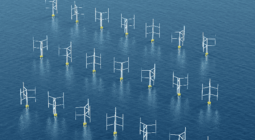'One-of-kind project' | First-ever vertical axis floating wind turbine cleared for Norway trials

Flagship 1MW SeaTwirl unit cleared for installation at MetCentre site neighbouring deepwater R&D hub where pioneering Stiesdal Tetraspar prototype and original Hywind Demo are moore
The world’s first industrial-scale vertical axis floating wind turbine (VAWT) is set to be installed off Norway by the end of the year, following a green-light from the Scandinavian country’s energy ministry.
A 1MW prototype of the SeaTwirl, which features upward angled rotor blades set around a ring-shaped “torus” and trussed to the slender tower-plus-spar foundation, will be moored at a site operated by METCentre, the R&D base which also runs an eight-berth site nearby, where the original Hywind Demo (now Zefyros) and Stiesdal TetraSpar are now turning.
“[The SeaTwirl] is a one of a kind-project that we are very happy to test,” said METCentre project manager Hanne Tvedt.
“We are very eager to see the results of this. Vertical [axis wind turbine] technology is new and very exciting. This project will provide the industry with valuable insight and contribute to drive innovation in floating wind forward.”
Construction of the pilot unit, to be moored in 130 metres of water off Bokn in Rogaland, is expected to be handled by Ølensvåg-based Westcon Yards, based on a letter of intent now inked.
METCentre currently has commitments with technology designers including Hexicon, Bluewater, and two unnamed developers, as well as with Iberdrola, which is leading the EU’s so-called Flagship floating wind pilot.
SeaTwirl, in development since 2010, is the first VAWT to make it into the water at quasi-industrial-scale, though vertical rotor designs have long been seen to hold untapped promise: experimental models having undergone development and trials in onshore settings and several high-profile pilot units, including French contractor Technip’s Vertiwind, WPL’s Aerogenerator, and a concept collaboration between EDF and Nenuphar, have been announ,ced but none reaching commercialisation.
A study published by Oxford Brookes University in the UK in 2021 concluded VAWTs would “outcompete” the mainstream models now being built in their thousands for projects around the world.
SeaTwirl technical director Jonas Boström said: “The big advantage of [VAWTs] is that you can lower the centre of gravity. You can have the generator closer to the ground, or in our case, the sea. We aim to develop larger turbines, so that we can be relevant for [projects] in the pipeline.”
In November, SeaTwirl named industry floating wind veteran Johan Sandberg as its new CEO.





